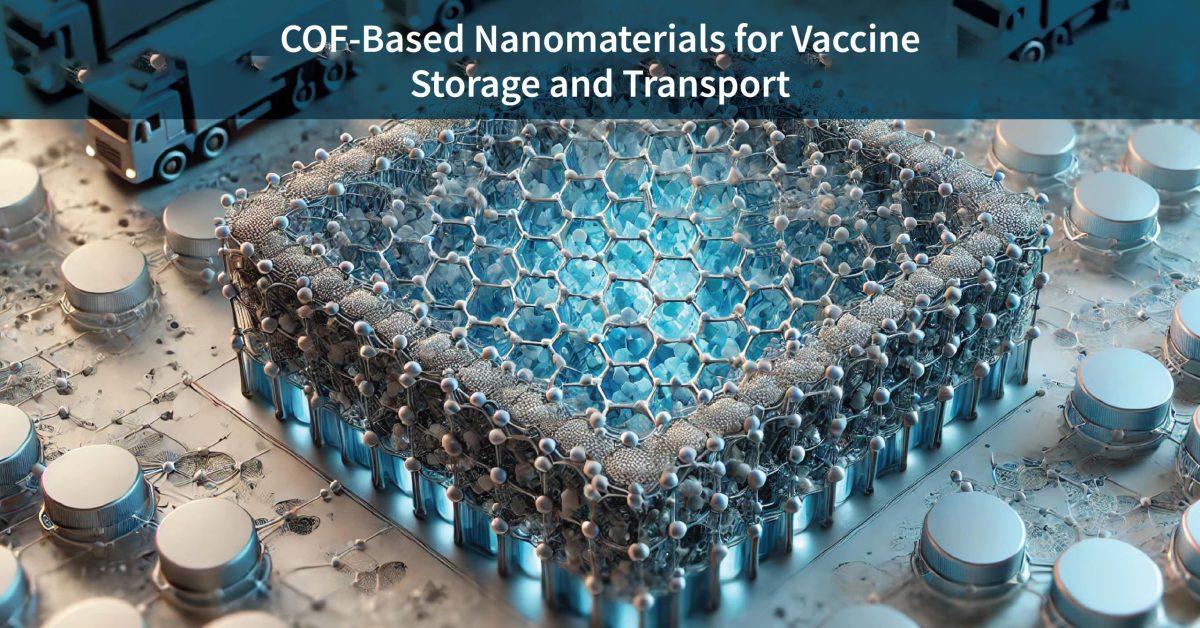The field of vaccines has witnessed some ground-breaking changes in the recent past. More specifically, in the context of developing and disseminating vaccines, the stability of the same remains of paramount importance. Traditional methodologies have mostly and massively thrown challenges with due respect to cold chain, degradation issues, and delivery of the vaccine to the destination in an intact form and an effective manner. Recently, Covalent Organic Frameworks have popped as one of the solutions to such challenges. COFs are porous, crystalline materials with highly tunable structures and functionalities that pose them as ideal candidates for a variety of biomedical applications. This review discusses the application of such materials in the storage and transportation of vaccines and provides the prospects for revolutionizing the area, where more reliable and efficient distribution of vaccines can be ensured.
Overview of COFs
COFs are a class of materials that exhibit an extremely large surface area, low density, and tunable porosity. They are constructed from the self-condensation of organic molecules through strong covalent bonds, forming highly stable frameworks. Considering the attributes of tunability of pore sizes, chemical stability, and functionalizability, COF-based materials are particularly interestable for biomedical applications in the areas of drug delivery and diagnostics, and even in vaccine storage and transport.
Improving Vaccine Stability
Vaccines, in particular, suffer from one important distribution problem: the stability of the vaccine while it is stored or transported. Many vaccines, especially mRNA-based and live attenuated virus-based ones, are highly susceptible to changes in temperature and may degrade very fast without proper storage conditions. The COF-based nanomaterials do so by offering a protective environment that safeguards the vaccine against unfavorable conditions.
COFs are synthesized through specific pore sizes and surface functionalities, which confine the vaccine molecules and do not allow degradation. The interior of some COFs has moisture due to its hydrophobic character, whereas others have hydrophilic surfaces that resist the aggregation and denaturation of proteins. A large surface area promotes adsorption of stabilizing agents, which provides further stability to the encapsulated vaccines.
